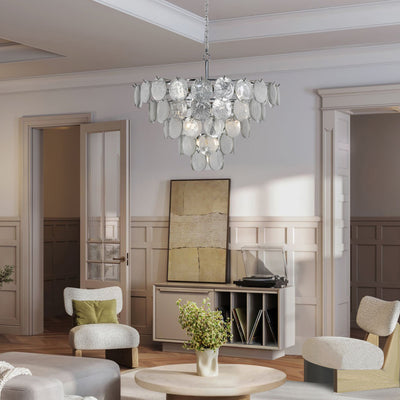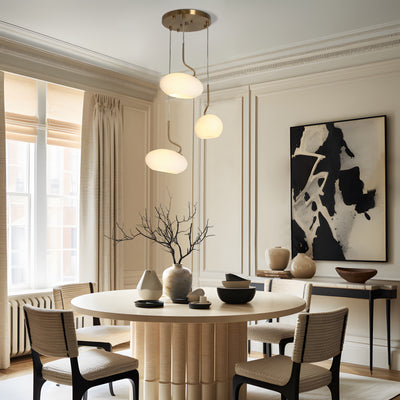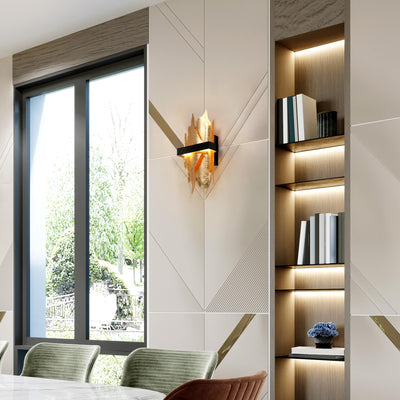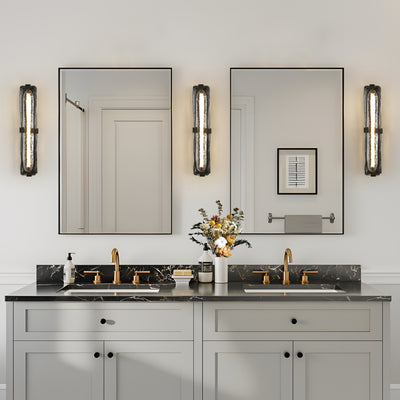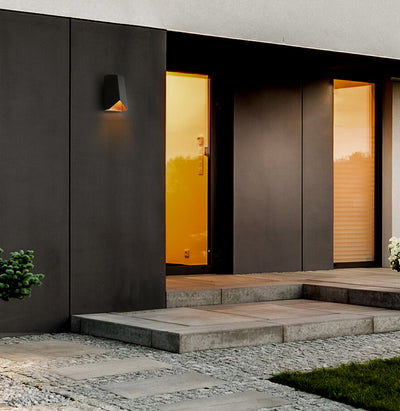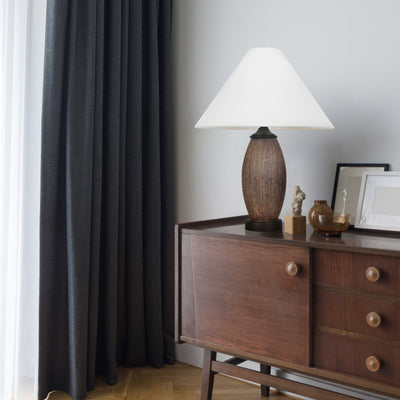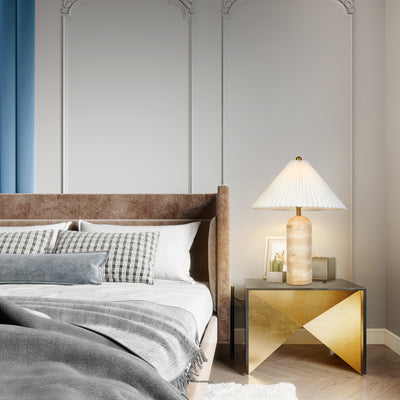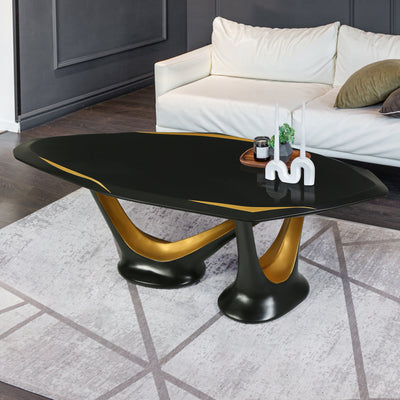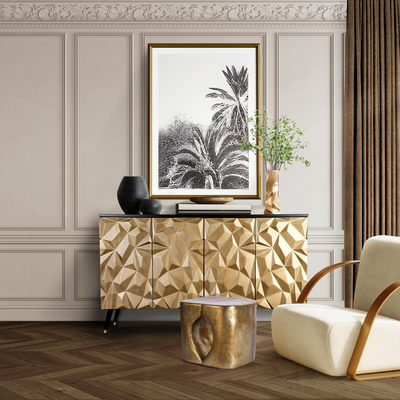
How To Hang Your Light Fixtures At The Perfect Height?
You’ve found the perfect fixture—now, where exactly should it go?

One of the most common design missteps happens after the purchase: hanging a light too high or too low. Whether it’s a dining room chandelier or a kitchen island pendant, placement can make the difference between “wow” and “why does that feel off?”
Let’s break down the simple guidelines that take the guesswork out of height and help your lighting look intentional, not improvised.
1. Over a Dining Table
When choosing the right chandelier height above a dining table, the general rule is to hang the fixture so that the bottom of the chandelier is 30 to 36 inches above the tabletop. This placement creates the perfect balance between function and style—it provides enough clearance for comfortable conversation and clear sightlines across the table, while keeping the light centered and visually grounded in the dining space.
- Round table? Center a round or clustered fixture.

- Long table? Try a linear chandelier or two to three evenly spaced pendants.

2. Above a Kitchen Island
Pendants over an island need to provide good task lighting without getting in the way.
- Hang them 30–36 inches above the countertop.

-
Leave at least 6 inches from the edge of the island to the outermost pendant.
-
If using multiple pendants, keep 12–18 inches between each shade for balance and breathing room.

3. In an Entryway or Foyer
This is your home’s first impression; let it shine, but keep clearance in mind.
-
Leave at least 7 feet from the floor to the bottom of the fixture.
-
If your ceiling is extra tall, allow the chandelier to drop lower, but not so low that it feels like it floats awkwardly in midair.
-
For multi-story entries, center the fixture in the vertical space of the upper windows.

4. In a Living Room or Bedroom
If you’re hanging a fixture in an open area (not over a table or bed), the 7-foot rule still applies.
- Consider flush or semi-flush fixtures for 8-foot ceilings.

-
For higher ceilings, you can add drama with a fixture that drops slightly lower, just not into your line of sight when standing or walking by.

5. Sloped or Vaulted Ceilings
Look for fixtures with adjustable rods, swivel canopies, or chain suspension; these will help you keep things level even when the ceiling isn’t.
Bonus Tip: Always measure from the floor to the bottom of the fixture, not from the ceiling down. This keeps things grounded and consistent.

Making It Feel Right
Design rules help, but your space matters most. If the fixture looks lost, lower it. If it feels like it’s in your face, raise it. Use painter’s tape or a cardboard mockup to test before committing.
Coming Next: What Color Light is Best for Your Kitchen, Bathroom, or Bedroom?

